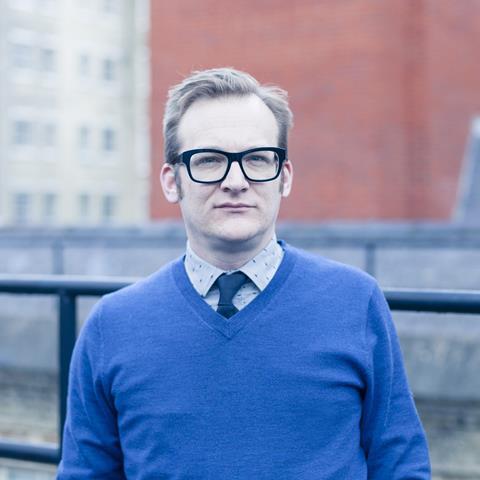The public would be horrified if they understood the reality of design-and-build procurement, says Russell Curtis
Anyone listening to Studio E’s evidence at the Grenfell public inquiry last week will have done so with mixed emotions. It seems clear that the practice was ill-equipped to take on a complex project of this nature, and the apparent lack of understanding of the legislative framework doesn’t paint the capability of the profession in a good light.

However, what has been most surprising to commentators from outside the building industry is the lack of clarity over who was responsible for ensuring compliance. The head-spinning web of design accountability is complex enough to those of us who do this stuff every day; to those unacquainted with design-and-build procurement it seems extraordinary that there is no one individual who is tasked with ensuring the proposals meet legislative requirements.
It’s a lesson young architects learn early in their career: never mark others’ information as “approved”, and at all costs avoid labelling anything as “as-built”. To do so is to accept liability for its content, which is impossible to provide when design and build prevents the levels of scrutiny and quality control that such phrases would warrant.
As a result, the public perception of the role of the architect is hugely out of step with reality, and I would argue this is partly why respect for the profession has diminished.
No longer are we the guardians of quality; having secured a valuable planning consent we’re either relegated to the lower tiers of the supply chain, or dumped altogether in favour of a cheaper delivery practice with only a superficial understanding of key design decisions made earlier in the process.
The idea that no member of the team takes responsibility for life-critical elements of the design cannot be allowed to continue
No architect can be an expert in every facet of building design—that’s not, and has never been, our role. Where we excel is in maintaining a broad overview of the entire construction process, from concept to completion, bringing in external expertise as and when necessary to fill gaps in our knowledge.
It helps to think of this role as equivalent to the conductor of an orchestra. We cannot possibly be virtuosi in every instrument, but our skills are in understanding how each section of the ensemble sounds together: the timbre of the brass against the sweep of the strings; the roll of the timpani and the sigh of the flute. We should immediately know if the percussion has skipped a bar or if the cello is slightly out of tune. Every musician in the orchestra keeps a careful eye on the conductor, for only they are in control of the timing; directing when to stay silent and when to sing.
Such is the role of the architect that most people would understand. Yet, within the reality of design-and-build, once the symphony is written and the orchestra assembled, we’re unceremoniously plonked in with the second strings; or at the back, bashing a triangle in a futile attempt to make ourselves heard. To torture the metaphor further, our place on the podium is supplanted by a main contractor whose principal aim is to reach the end of each movement as quickly as possible — the adagio becomes an allegro, and we can probably do away with much of the woodwind section if we don’t listen too carefully.
A certain outcome of the Grenfell inquiry will be that things have to change. The idea that no member of the team takes responsibility for life-critical elements of the design cannot be allowed to continue. Architects need to pick up the baton and mount the podium once again.
Russell Curtis is a director of RCKa architects and a trustee of the Architecture Foundation
Postscript
Russell Curtis is a director of RCKa architects and a trustee of the Architecture Foundation




























1 Readers' comment